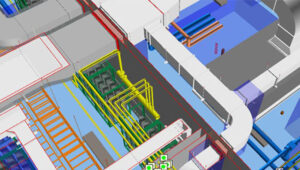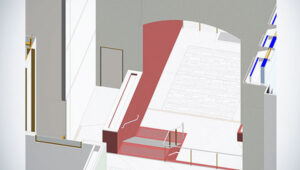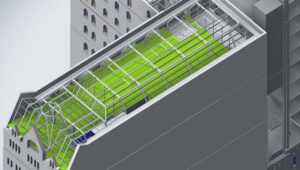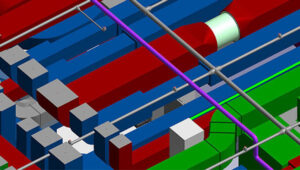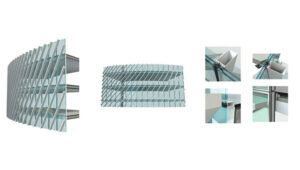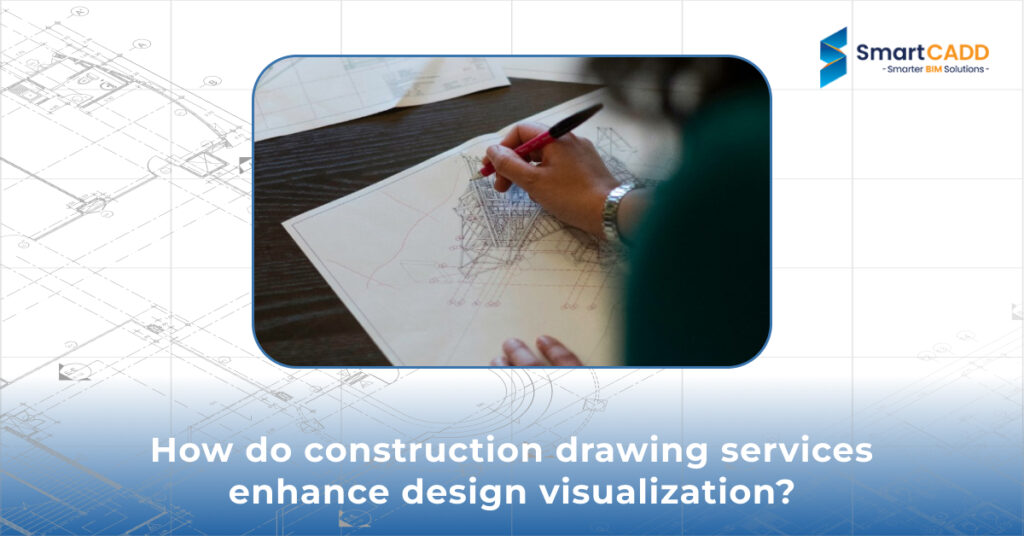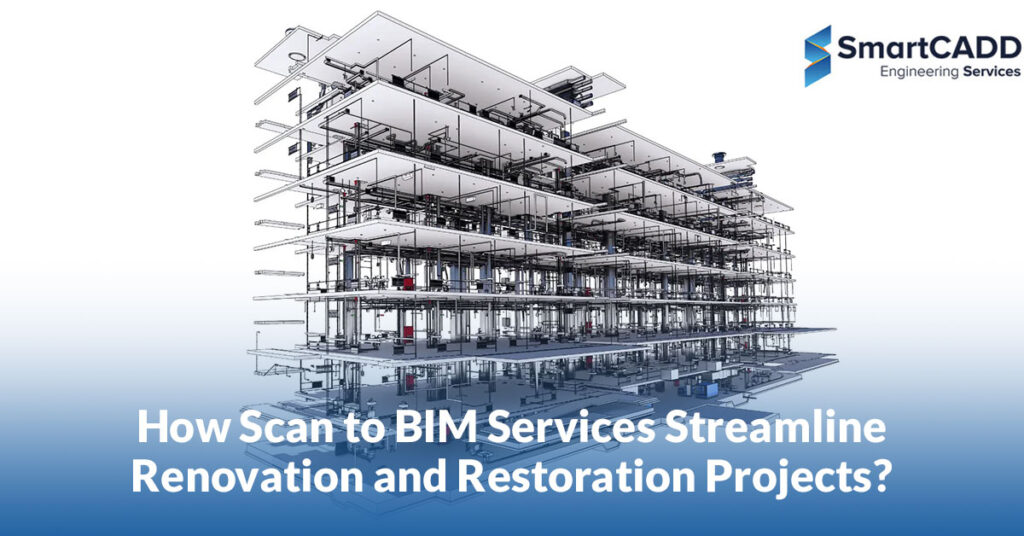In construction and design, construction drawing services play a pivotal role in bringing architectural visions to life, enabling a seamless transition from conceptual ideas to tangible structures. These services, armed with the latest technologies and deep industry knowledge, offer a detailed roadmap for projects, ensuring that every architectural nuance is captured with precision and clarity.
The Foundation of Visualization
Why is Precision in Construction Drawings Non-Negotiable? Precision in construction drawings isn’t just beneficial; it’s essential. Imagine constructing a complex building only to find that dimensions don’t align or materials specified aren’t suitable for their intended purpose. This scenario isn’t just inconvenient—it’s costly and unsafe. Here’s why precision matters:
Error Reduction: Accurate drawings minimize the risk of errors during construction, which can lead to significant cost savings and prevent project delays.
Regulatory Compliance: Detailed and precise drawings ensure that the construction adheres to local building codes and regulations, avoiding legal complications.
Improved Communication: Clear, detailed drawings enhance understanding among architects, builders, and clients, ensuring everyone is on the same page.
In essence, precision in construction drawings underpins the success of any construction project, laying the groundwork for a smooth, efficient building proces
Key Aspects of Construction Drawings
Construction drawings serve as the blueprint for bringing any architectural vision to reality. These intricate documents encompass various types, each tailored to convey specific details and instructions. Here’s a brief overview:
- Architectural Drawings: These drawings outline the aesthetic and functional design of the building, including floor plans, elevations, and sections. They provide a comprehensive view of the building’s layout, offering insights into the spatial arrangement, design intent, and overall aesthetic.
- Structural Drawings: Focusing on the building’s skeleton, structural drawings detail the foundational elements, beams, columns, and other support systems. They are crucial for ensuring the stability and safety of the structure, specifying materials, dimensions, and load-bearing capacities.
- MEP Drawings: MEP (Mechanical, Electrical, and Plumbing) drawings are the circulatory system of the building, outlining the layout and specifications of heating, cooling, lighting, and plumbing systems. They ensure that these critical systems are designed efficiently and integrated seamlessly with the rest of the building.
- As-Built Drawing Services: Post-construction, As Built Drawing Services come into play, providing an accurate record of the building as it was actually built. These documents are vital for future renovations, maintenance, or expansions, offering a detailed account of deviations from the original design plans, including any adjustments made on-site or changes necessitated by unforeseen challenges. They serve as a definitive reference for the building’s actual constructed state, which can differ from the initial plans due to various factors encountered during construction.
Each type of drawing plays a distinct role in the construction process, collectively ensuring that every aspect of the building’s design is accurately communicated and executed. Understanding these drawings is essential for anyone involved in the construction industry, from architects and engineers to contractors and builders.
Enhancing Design with Technology
What’s the role of CAD and BIM in modern construction? The advent of Computer-Aided design (CAD) and building information modeling (BIM) has revolutionized the construction industry, bringing about a paradigm shift in how we approach design and construction. Let’s delve into how these technologies are shaping the future:
CAD: offers the ability to create highly detailed 2D or 3D models of the construction project, facilitating a deeper understanding of the design’s intricacies.
BIM: goes a step further by providing a dynamic, real-time 3D model of the building, encompassing not just physical but also intrinsic properties of the building components. This allows for effective management and simulation of the building throughout its lifecycle.
The integration of CAD and BIM technologies in construction drawing services enables professionals to explore, iterate, and realize architectural designs with unprecedented precision and efficiency. The collaborative nature of BIM, in particular, fosters better coordination among stakeholders, ensuring that potential issues are identified and resolved well before construction begins.
Tips for Using Construction Drawing Services to Enhance Design Visualization
Construction drawing services do more than translate design concepts into blueprints; they enrich the visualization process, enabling architects and clients to explore and understand a building’s design in depth. Here’s how these services can be leveraged effectively:
Utilize 3D Modeling and Virtual Reality: Embrace the power of 3D modeling and VR technologies offered by advanced construction drawing services. These tools allow stakeholders to walk through a virtual representation of the building, offering a tangible sense of space, scale, and design aesthetics before construction even begins.
Incorporate Feedback Efficiently: The iterative nature of design means that feedback is inevitable and essential. Construction drawing services facilitate easy updates and revisions to designs, ensuring that client feedback and necessary adjustments are seamlessly integrated into the project.
Ensure Consistency Across Disciplines: With multiple professionals involved, maintaining design consistency is crucial. Construction drawing services ensure that architectural, structural, and MEP drawings all align, preventing discrepancies that could lead to conflicts during construction.
By adopting these strategies, construction drawing services can significantly enhance the design visualization process, ensuring that the final product aligns with the client’s vision and expectations.
Exploring SmartCADD’s Expertise on Project Success
SmartCADD, renowned for its comprehensive CAD and BIM services, stands as a testament to how expert construction drawing services can transform the design and construction landscape. Here’s a closer look at our approach and impact:
Adapting to Client Needs: SmartCADD’s tailored approach to each project ensures that client-specific requirements are met with precision. Whether it’s architectural BIM modeling or intricate MEP drawings, our services are designed to adapt to the unique needs of every project.
Commitment to Quality and Accuracy: The cornerstone of SmartCADD’s services is their unwavering commitment to delivering the highest quality drawings. Rigorous checks and the use of precise design techniques at every stage of the process ensure that projects are not only accurate but also exceed industry standards.
Emphasizing Collaboration: Recognizing the importance of collaboration in construction projects, SmartCADD facilitates effective communication between architects, engineers, and clients. This collaborative environment ensures that visions are accurately translated into reality, with every stakeholder’s input valued and incorporated.
Conclusion: Realizing Design Possibilities with SmartCADD
Construction drawing services significantly enhance the design process, allowing for a more comprehensive visualization of projects. SmartCADD represents the epitome of this advancement, offering detailed, accurate, and innovative solutions that bridge the gap between imagination and reality, from MEP drawings to as-built drawing services. As we move forward, the role of such services will only grow more crucial, driving the construction industry towards a future where design possibilities are limited only by our creativity.
FAQS
Construction drawing services play a crucial role in enhancing design visualization by providing detailed blueprints, 3D models, and technical diagrams. These services enable architects and engineers to accurately plan and visualize every aspect of a project, from structural elements to interior design details.
Construction drawing services offer multiple benefits for project visualization, including improved accuracy in planning, better communication among stakeholders, efficient resource allocation, and the ability to identify potential design issues early in the process. This leads to smoother project execution and higher-quality outcomes.
Construction drawing services help avoid design errors by providing comprehensive documentation and detailed visual representations of the project. This allows professionals to identify and rectify any potential errors or conflicts in the design before construction begins, saving time and resources in the long run.

